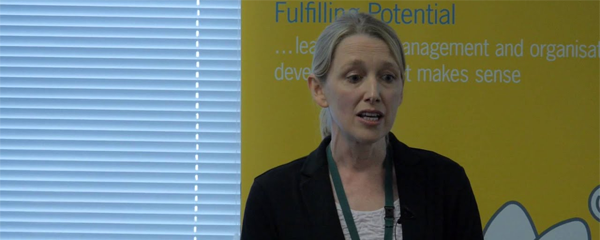“What we have identified, that at the time was rational, is that the budgets were driving the wrong behaviour – you know, this ‘use it or lose it’ mentality when you are approaching the year end, November / December, you spend three times more than in the beginning of the year. Of course, because you need to secure your baseline and preferably you should also negotiate some additional resources.
“Another thing – budgets are often prepared for a single department or a function, so that makes it disconnected from the strategy and this drives a lot of sub-optimisation. Third thing, you said it takes a very long time and a lot of resources are put in such a process – two, three, sometimes four months. Not only finance people but all leadership is involved in this exercise, and when you think of the resources put in it and the value at the end, it does not balance.
“And the last thing, budgets are outdated. You know, all the iterations, versions 12, 13, 14, then finally it is approved, that is submitted it in our system, and what happens? We make an organisational change in our marketing function, and what you can see in front of you is that you will have a year where you will do the variance explanation, because of the phasing.
“So, one number cannot do the job – it’s back to what Anders showed you this morning. There are a lot of different and conflicting purposes with budgets. So that’s what we have tried to define in a new performance model when we decided to skip the budgets and introduce a new model for our organisation. So we said we will work with setting high ambitions, aspirations, where we look into the future 3 to 5 years from now. We will establish a rolling forecast.
“It is a high-level rolling forecast, so the forecast is not prepared at the department level, it is prepared at a functional level, and it’s updated once per quarter and we decided to look five quarters in the future, just to come above this frame called financial or calendar year.”























